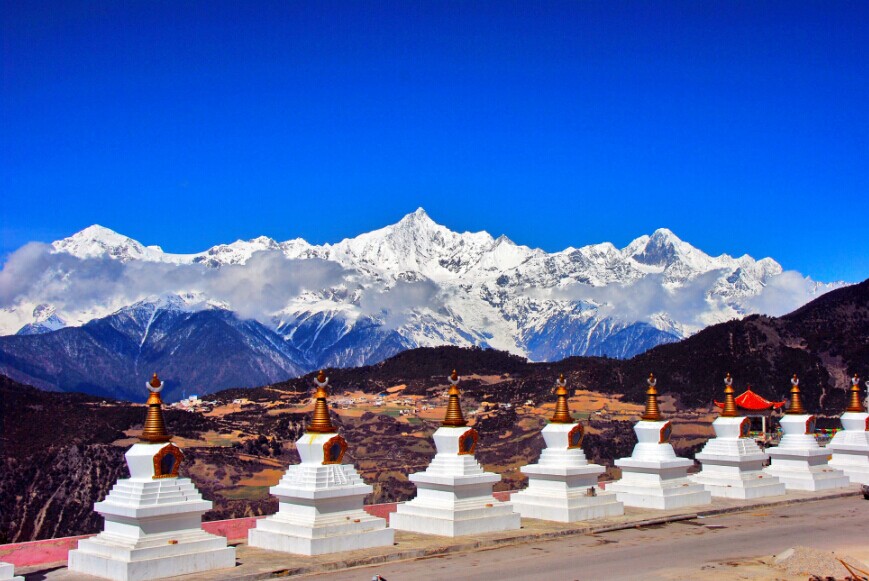
Where is Yunnan Province?
Yunnan (云南; Yúnnán) is a province in southern China, bordering Myanmar, Laos and Vietnam as well as the Chinese provinces and regions of Guangxi, Guizhou, Sichuan and Tibet.
Yunnan Province is located in the southwestern part of China, bordering several countries and other provinces within China. Here’s a detailed overview of its location and geography:
Location:
- Bordering Countries: Yunnan shares international borders with three countries:
- Myanmar (Burma) to the west, with a border length of approximately 1,300 kilometers (800 miles).
- Laos to the south, with a border length of about 475 kilometers (295 miles).
- Vietnam to the southeast, with a border length of around 1,300 kilometers (800 miles).
- Bordering Provinces: Within China, Yunnan borders several provinces and autonomous regions:
- Guizhou Province to the east.
- Guangxi Zhuang Autonomous Region to the southeast.
- Sichuan Province to the northeast.
- Tibet Autonomous Region to the northwest.
- Chongqing Municipality to the north.
Geography:
Yunnan’s geography is diverse and characterized by its mountainous terrain, high plateaus, and river valleys. The province’s landscape can be broadly divided into several regions:
- Eastern Yunnan: This region is more populated and includes cities like Kunming, the capital of Yunnan. It has a more moderate elevation compared to the western part of the province.
- Southern Yunnan: Known for its tropical climate, this area is characterized by dense rainforests, rolling hills, and major rivers like the Red River (Honghe River).
- Western Yunnan: This region borders Tibet and has higher elevations, including parts of the Tibetan Plateau. It features rugged mountains, deep gorges (such as the famous Tiger Leaping Gorge), and alpine lakes.
- Northern Yunnan: This area forms part of the Yunnan-Guizhou Plateau and is characterized by its rolling hills and plateaus. It includes cities like Dali and Lijiang, known for their ancient towns and cultural heritage.
Major Rivers and Lakes:
- Yangtze River (Jinsha River): The upper reaches of the Yangtze River flow through northwestern Yunnan.
- Mekong River (Lancang River): This river originates in the Tibetan Plateau and flows through Yunnan before continuing into Southeast Asia.
- Nu River (Salween River): Known as the “Angry River” due to its turbulent flow, it flows through northwestern Yunnan before entering Myanmar.
- Erhai Lake: Located near Dali, this is one of Yunnan’s largest and most scenic lakes.
Climate:
Yunnan’s climate varies significantly due to its diverse geography:
- Subtropical to Tropical: Southern Yunnan has a tropical climate, characterized by warm temperatures year-round and distinct wet and dry seasons.
- Moderate Temperate: Central and eastern Yunnan have a more moderate temperate climate, with cooler winters and warm summers.
- Alpine: Parts of western Yunnan, especially those bordering Tibet, have an alpine climate with cold winters and mild summers due to high elevations.
Conclusion:
Yunnan Province’s strategic location at the crossroads of Southeast Asia and China, coupled with its rich geographical diversity, makes it a unique and captivating destination for travelers interested in natural landscapes, ethnic cultures, and historical heritage. Its varied climate and terrain offer a wide range of experiences, from exploring ancient towns to trekking through pristine mountain landscapes and experiencing vibrant minority cultures.



















